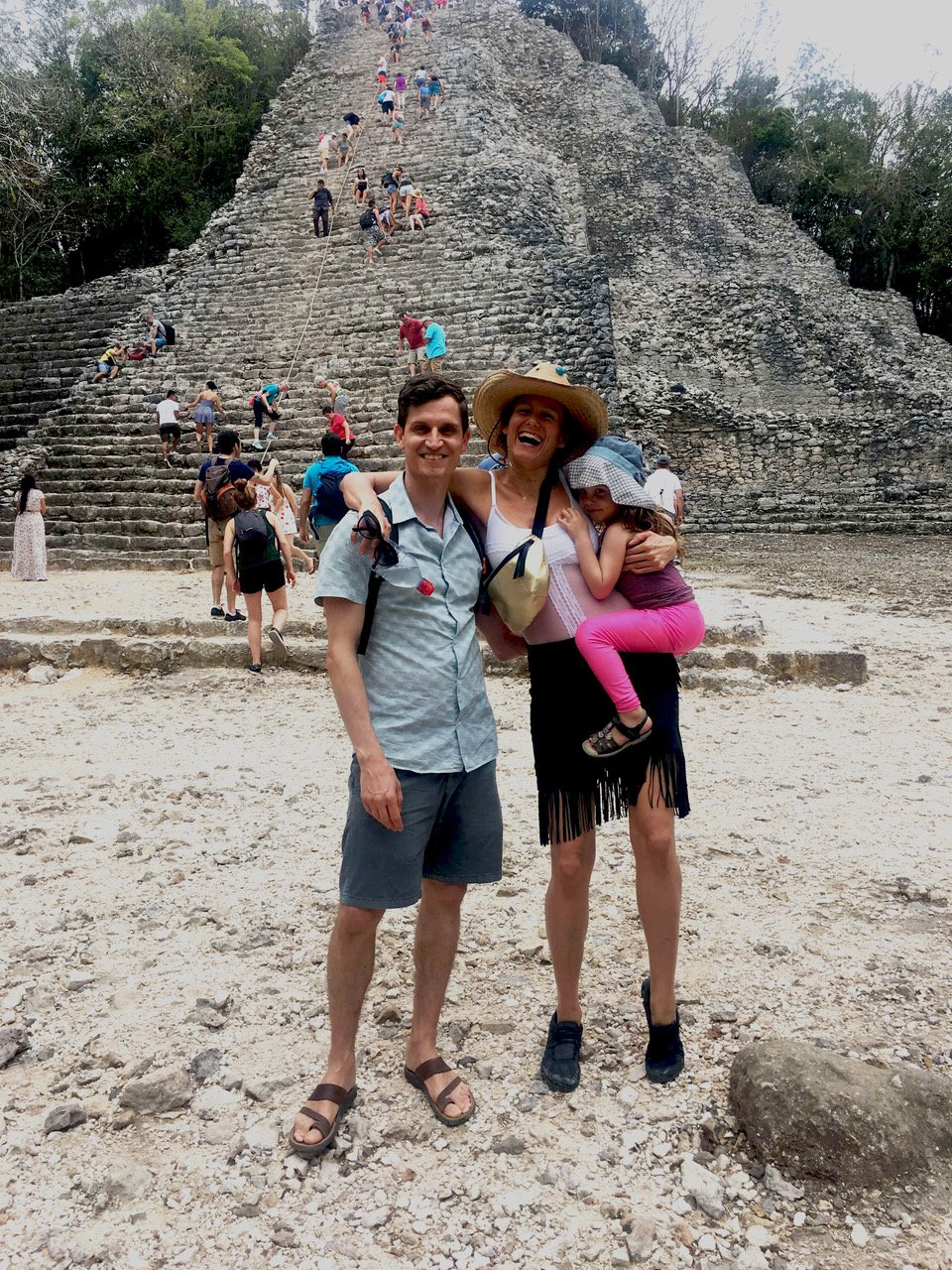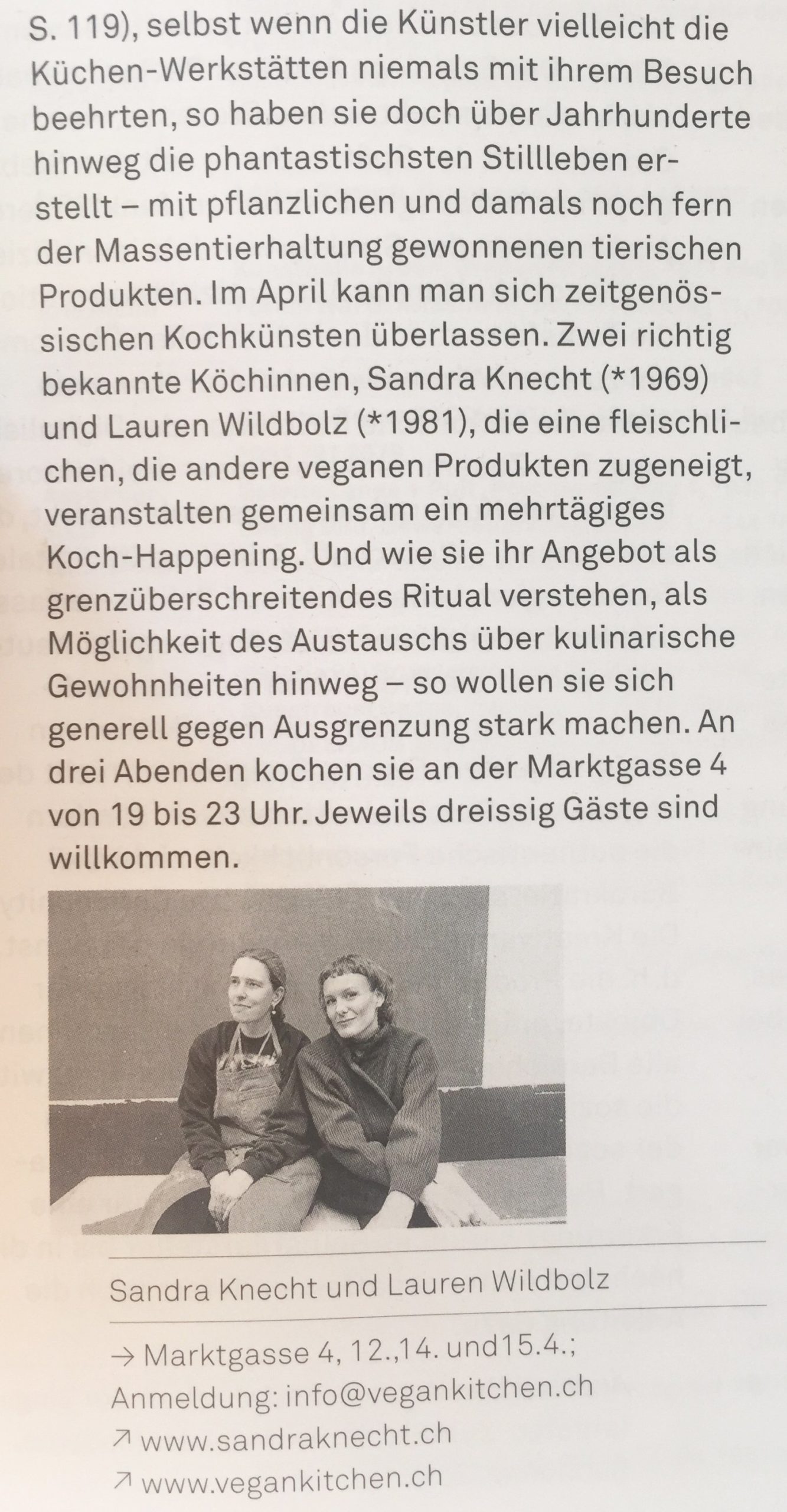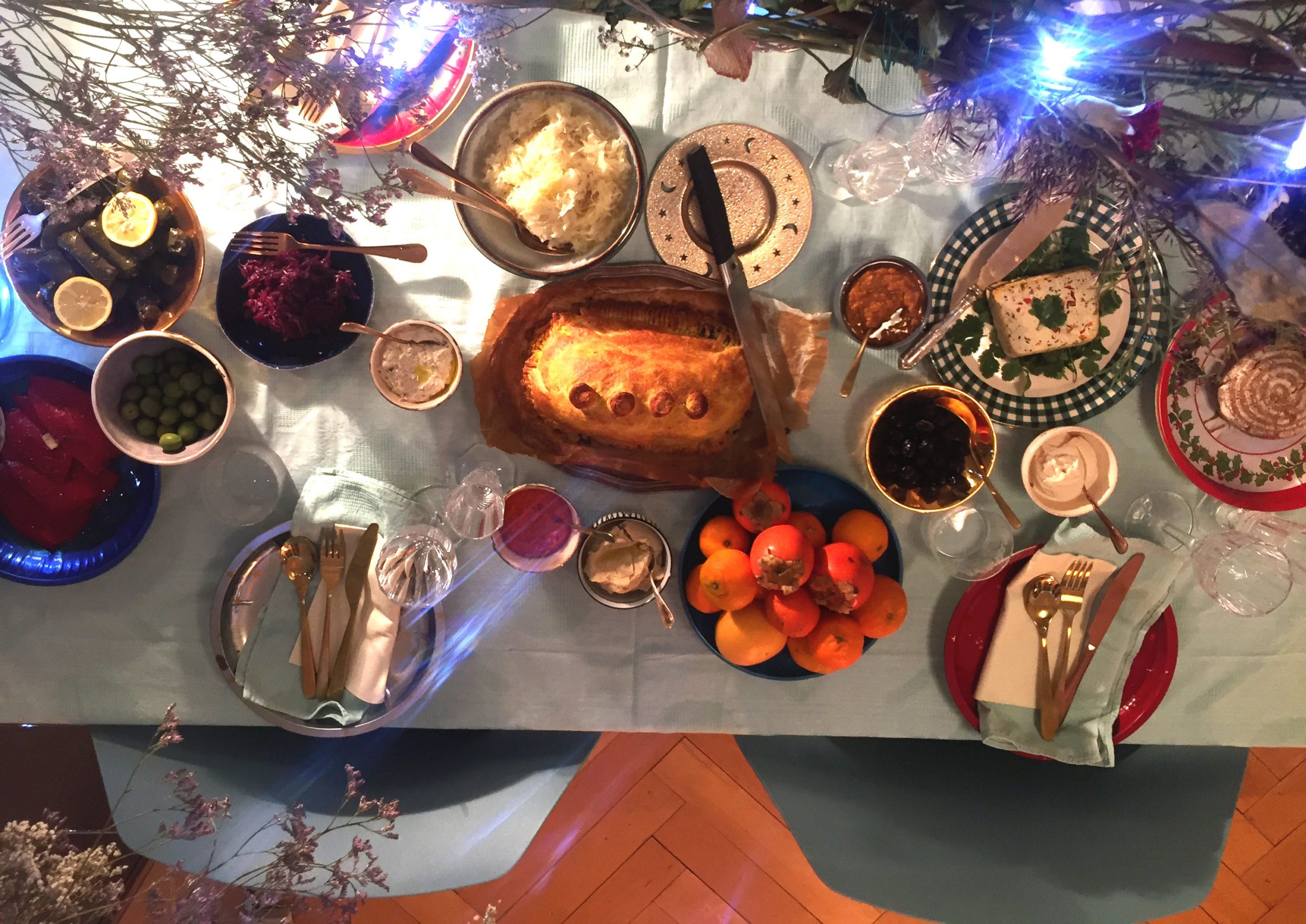
After three weeks’ vacation on the Yucatan Peninsula, our mouths are watering when we think back to the food. We were impressed by the culinary variety and the many hot sauces made us addicted.
The gastronomic landscape is sparsely populated with purely vegan restaurants. Nevertheless, we can recommend Yucatan to anyone who swears by purely plant-based dishes, as there are many different basic ingredients such as corn, rice, beans, vegetables and fruit that even non-vegan restaurants can prepare on request. In addition to trendy and upmarket restaurants, which in some places are reminiscent of Zurich prices, you can eat in simple eateries or create your own picnic with little effort.
Watch out for the cheese trap: Mexican dishes and finger foods such as tacos, burritos and tortillas are often prepared with cheese. Even if you order the vegetable option with rice or beans, as a vegan you have to explicitly point out each time that you don’t want any cheese.
Raw Love in Tulum Beach
Every vegan knows the frying pan problem. You order a vegan dish in a restaurant that also offers animal dishes and the roasted vegetables taste like chicken. In Raw Love, this is an impossibility. All dishes are prepared raw and there is not a single animal dish on the menu. We particularly felt the love of the professional chefs when preparing the raw cakes. The food is served in a very relaxed atmosphere between palm trees, fine sand and hammocks. There is a second Raw Love branch in Tulum Downtown, but we didn’t visit it.

Mango y Chile in Bacalar
We ate fantastic tasting burgers at Mango y Chile, which is also a purely vegan restaurant. The crispy, airy patty was soaked in the flavor of the ingredients. Every bite was a succulent eating pleasure. From the terrace of the restaurant you can enjoy a wonderful view of the Bacalar lagoon. A small town that is not as well-known as hip Tulum, but is definitely worth a visit.

Naay on the island of Holbox
We enjoyed the tastiest salad on the beautiful island of Holbox. In the spartanly furnished Naay, you can put together your salads according to a modular system. First you choose three vegetables as basic ingredients, followed by a protein source such as lentils, one of five vegan salad dressings, a grain and a topping such as sesame or sunflower seeds. All in all, you can put together about 1 million different salads. We dined there three times and applauded the chefs each time. Incidentally, Naay was also one of the few restaurants where we found tofu on the menu.

Do-it-yourself restaurant
When we were traveling by car, we enjoyed small picnics. Our homemade tortillas with fresh vegetables, spicy salsa, bean puree and hummus tasted great. And what could be better for dessert than fruit picked just around the corner?

No name restaurants
You can eat very cheaply and ok to good in the many simple restaurants and food stalls. You can’t expect sophisticated cuisine, but you can expect solid home cooking and a lot of goodwill. Although there is rarely a vegan dish on the menu, the hosts are extremely flexible when it comes to “special requests”.
Your tip?
Did you have a fantastic vegan meal in the Yucatan? Then write about your experience in the comments field.


 Lauren Wildbolz will be offline from 12.3- 2.4.2018. -> Anita Spang, Lauren’s assistant, will be happy to take any urgent requests by phone on 079 541 41 66.
Lauren Wildbolz will be offline from 12.3- 2.4.2018. -> Anita Spang, Lauren’s assistant, will be happy to take any urgent requests by phone on 079 541 41 66.



 Cutlery from Brockenhaus and also from
Cutlery from Brockenhaus and also from 

